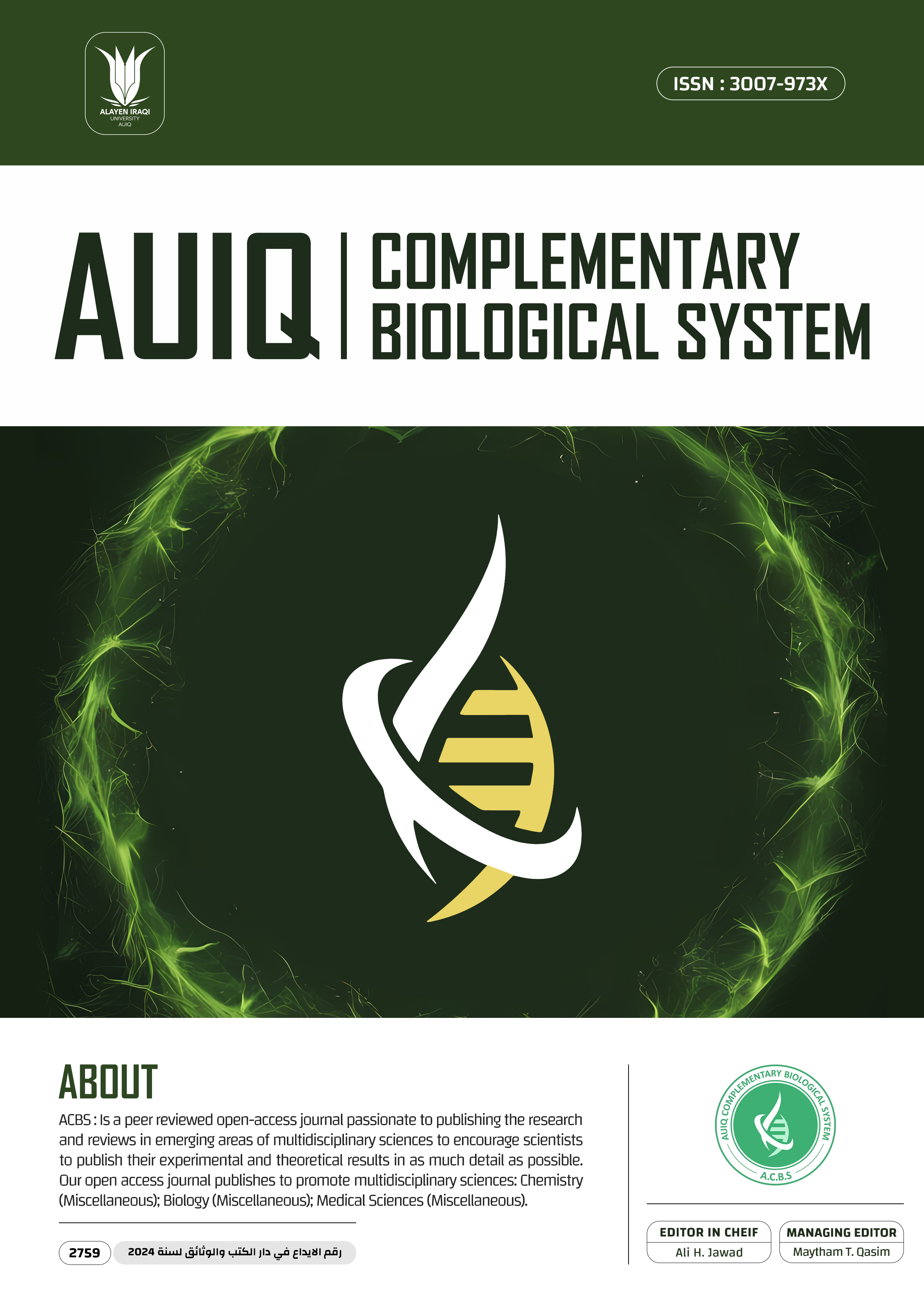Abstract
Herein, biohybrid biosorbent material was produced from grafting chitosan benzaldehyde/Lactobacillus casei (CHSBZ/LAC) for the removal of anionic dye acid red 88 (AR88). CHS-BZ/LAC was fabricated using a hydrothermal process
under the condition of 100 °C in an oven for 6 h. The optimization of AR88 dye adsorption by CHS-BZ/LAC was conducted
by employing Box Bahnken design (BBD). The code and value of parameters used in this study were CHS-BZ/LAC
dosage (A: 0.02–0.1 g/L), dye solution pH (B: 4–10), and contact time (C: 10–40 min). The BBD design shows that
the highest removal of AR88 (94.5%) was achieved with the setting of CHS-BZ/LAC dose = 0.1 g/L, pH = 4, and
contact time = 25 min. The suitability and the accuracy of the BBD design were confirmed by ANOVA analysis with
the F-value = 112.84, and p-value < 0.0001. Dual interaction from parameters shows significant interactions of AB
(CHS-BZ/LAC dosage vs pH), AC (CHS-BZ/LAC dosage vs contact time), and BC (pH vs contact time) with p-values less
than 0.05. Multiple mechanisms of interactions took place in the biosorption process of AR88 by CHS-BZ/LAC such as
n-π interactions, π-π attraction, electrostatic attraction, and hydrogen bonding. This study demonstrates the success of
developing a new type of biosorbent (CHS-BZ/LAC) and effectively used for anionic azo dye removal from synthetic
wastewater.
under the condition of 100 °C in an oven for 6 h. The optimization of AR88 dye adsorption by CHS-BZ/LAC was conducted
by employing Box Bahnken design (BBD). The code and value of parameters used in this study were CHS-BZ/LAC
dosage (A: 0.02–0.1 g/L), dye solution pH (B: 4–10), and contact time (C: 10–40 min). The BBD design shows that
the highest removal of AR88 (94.5%) was achieved with the setting of CHS-BZ/LAC dose = 0.1 g/L, pH = 4, and
contact time = 25 min. The suitability and the accuracy of the BBD design were confirmed by ANOVA analysis with
the F-value = 112.84, and p-value < 0.0001. Dual interaction from parameters shows significant interactions of AB
(CHS-BZ/LAC dosage vs pH), AC (CHS-BZ/LAC dosage vs contact time), and BC (pH vs contact time) with p-values less
than 0.05. Multiple mechanisms of interactions took place in the biosorption process of AR88 by CHS-BZ/LAC such as
n-π interactions, π-π attraction, electrostatic attraction, and hydrogen bonding. This study demonstrates the success of
developing a new type of biosorbent (CHS-BZ/LAC) and effectively used for anionic azo dye removal from synthetic
wastewater.
Keywords
Acid red 88 dye
benzaldehyde
Chitosan biopolymer
Lactobacillus casei
Lyophilization
Statistical optimization
